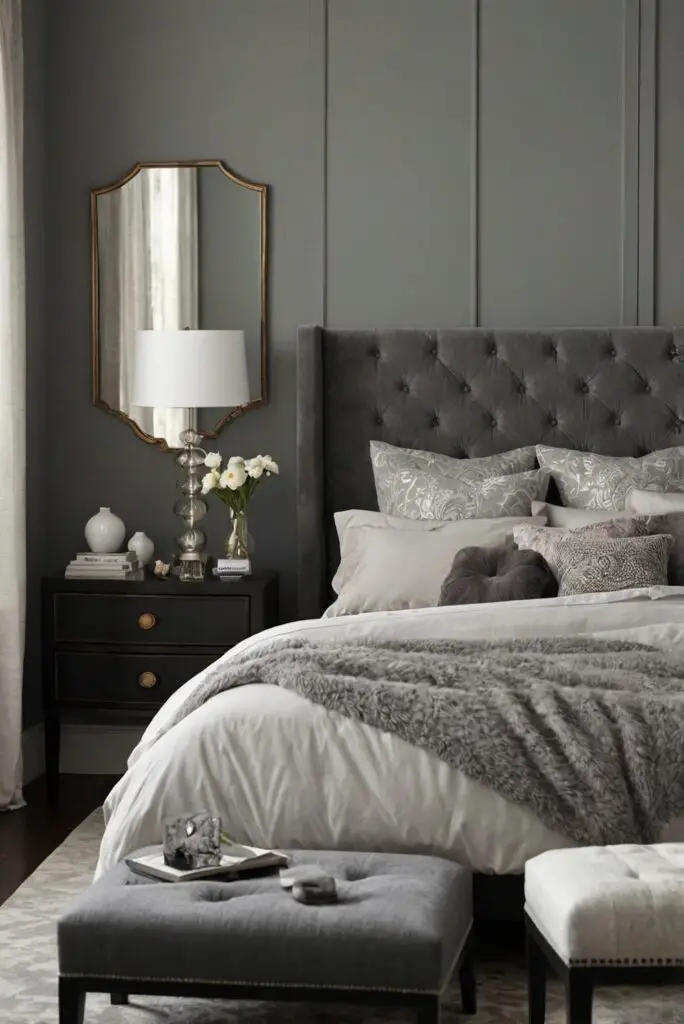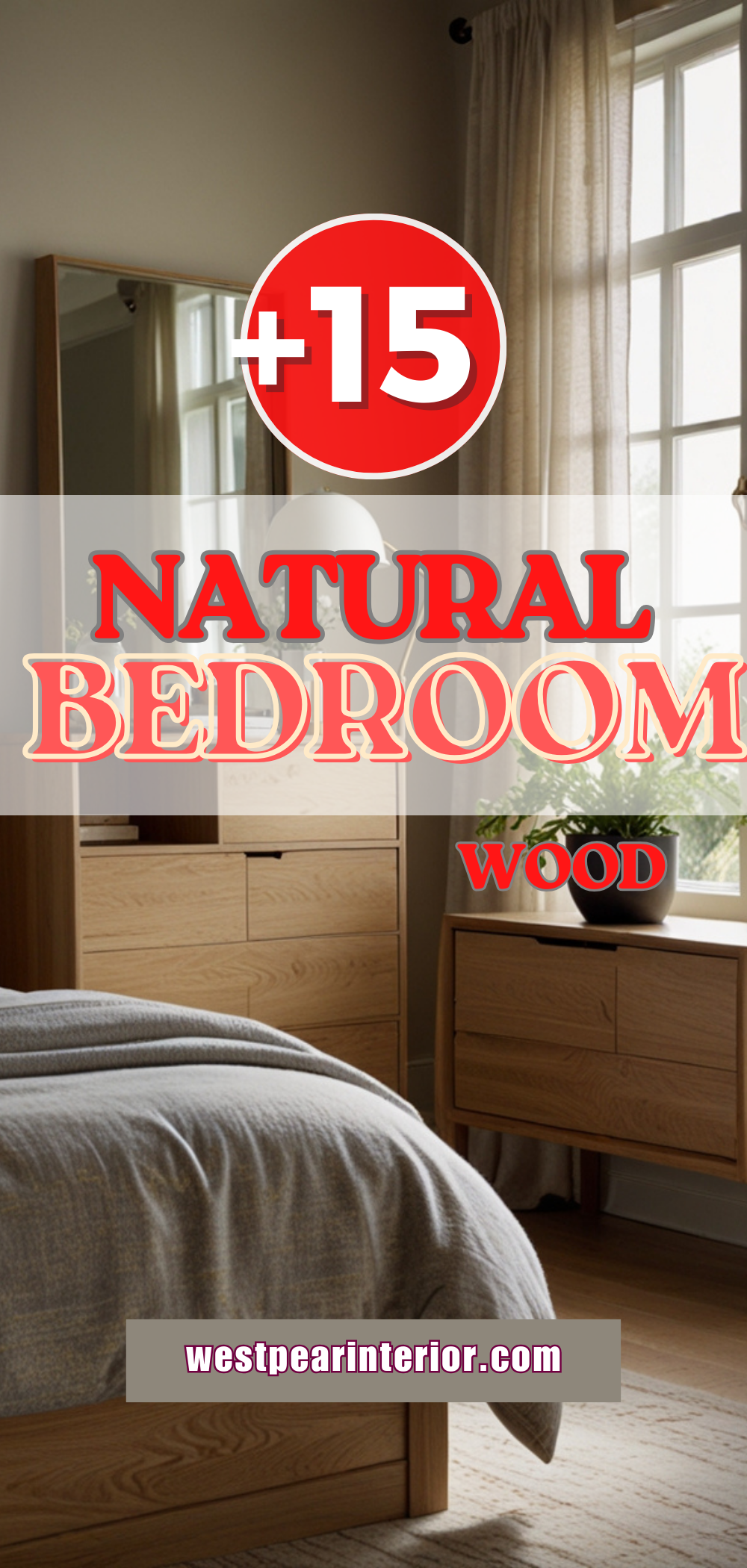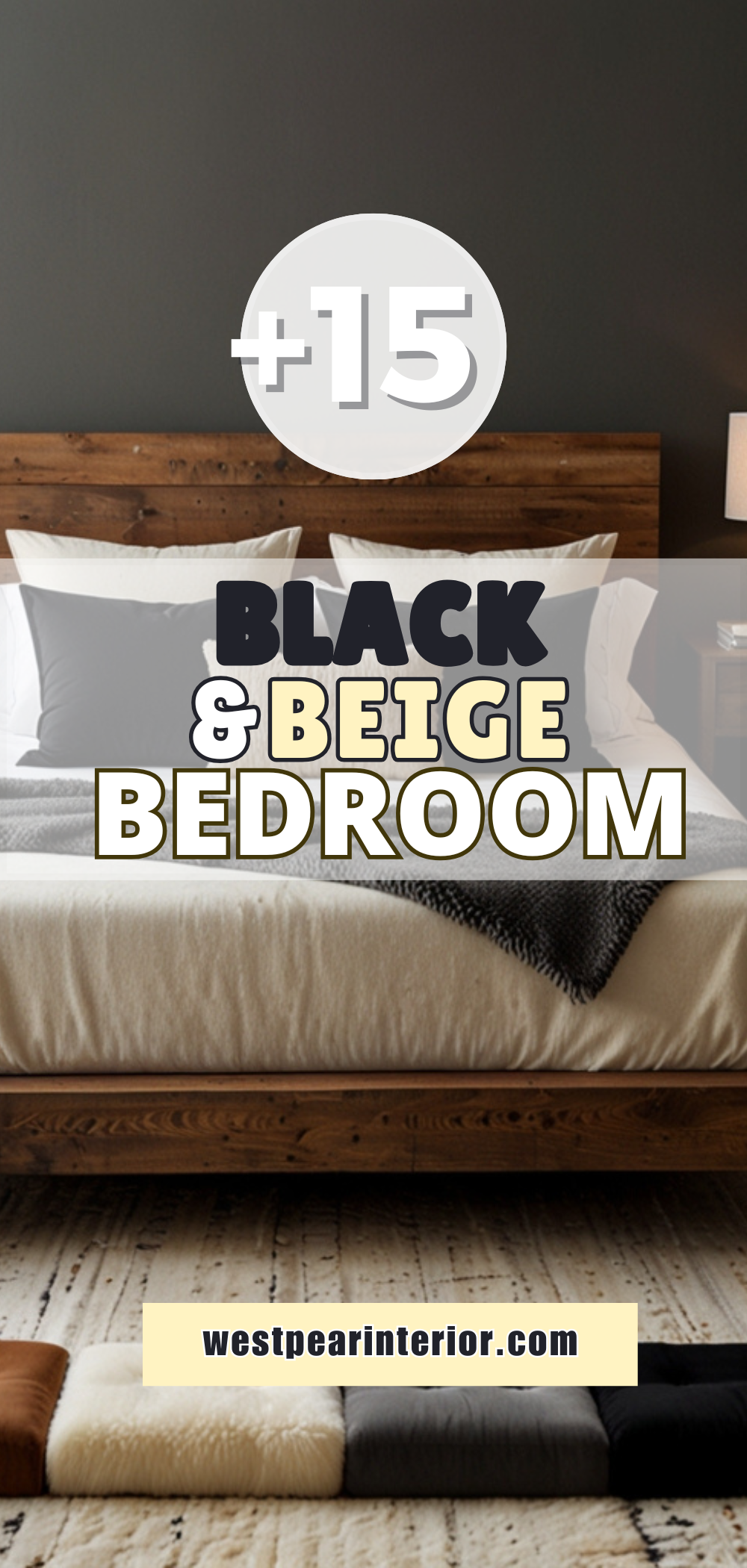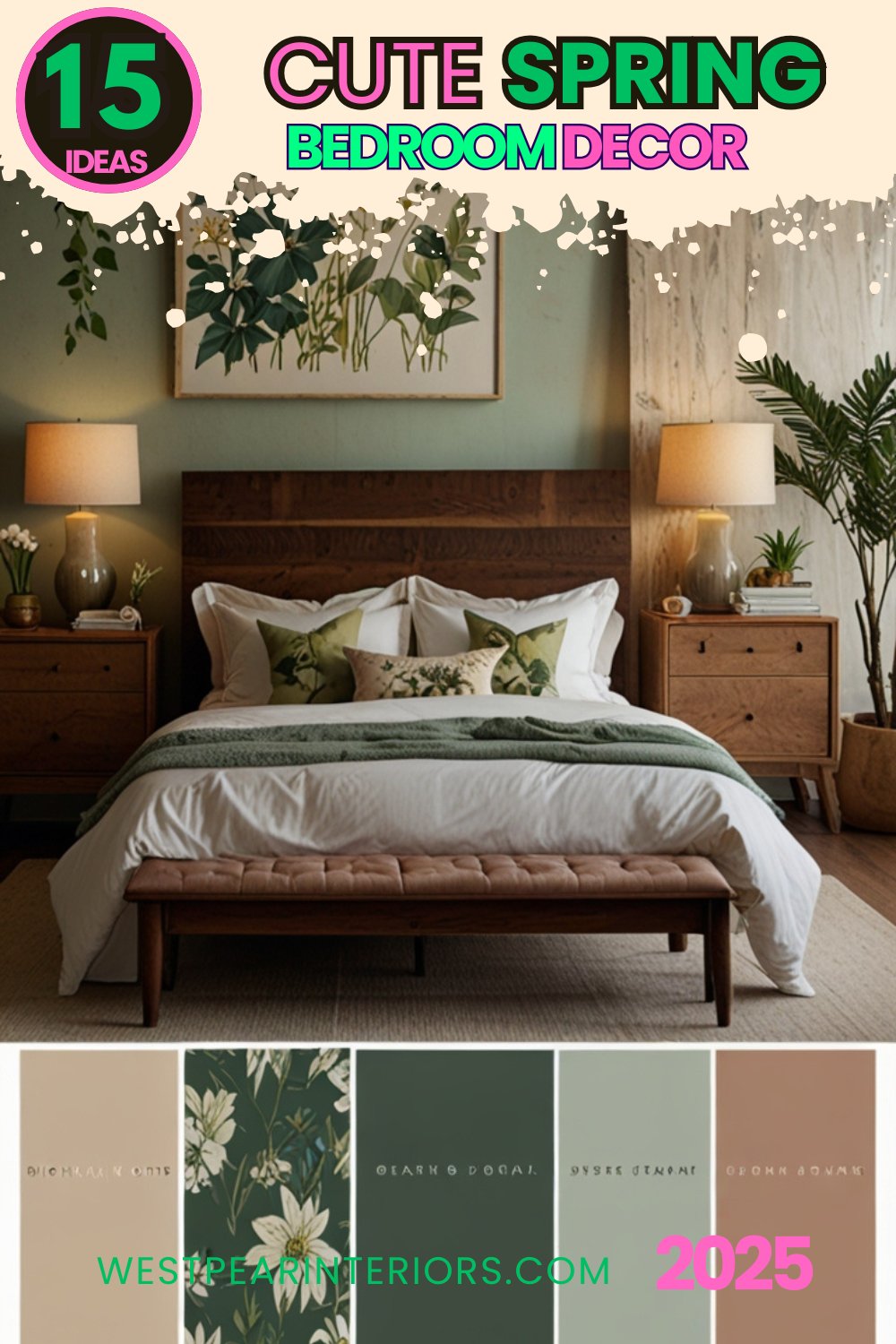Discover the ultimate guide to choosing between light and dark bedroom furniture – find out which one suits your style best!
I prefer light furniture in the bedroom as it creates a calming and airy atmosphere. Light furniture tends to make the space look more spacious and bright. To match light furniture in the bedroom, you can consider using soft pastel shades for the walls or add pops of color through decor items like pillows or rugs. Make sure to maintain a color palette to create a harmonious look. When selecting paint colors for the walls, opt for shades that complement the furniture to tie the room together. Proper space planning is key to ensuring that the furniture layout is functional and maximizes the available space.
What are some tips for incorporating light furniture into a bedroom with dark walls?
When incorporating light furniture into a bedroom with dark walls, consider the following tips:
- Balance is key – mix in dark accessories or textiles to create contrast.
- Utilize strategic lighting to ensure the room doesn’t feel too dim with the dark walls.
- Choose light furniture with clean lines to create a modern aesthetic.
- Opt for light bedding to break up the darkness and add visual interest.
- Introduce light-colored decor items like rugs or curtains to tie the room together.
- Consider incorporating metallic accents for a touch of elegance and brightness.
- Keep the room clutter-free to maintain a sense of spaciousness and lightness.
Can I mix light and dark furniture in my bedroom, and how can I make it cohesive?
My Lovely Spring Paint for 2025
Ready for a Spring Makeover? Explore the Freshest 2025 Paint Trends!
White Sage/Green SW Pistachio green Soft blue Honeysweet/Orange Pink Sugar Sage Tint BMAs an Amazon Associate, I may earn a commission from qualifying purchases at no extra cost to you.
Mixing light and dark furniture in a bedroom can create a visually striking and sophisticated look. To ensure cohesiveness:
- Choose a common design element such as material or style to tie the pieces together.
- Use a unifying color palette to harmonize the light and dark elements.
- Incorporate similar finishes or hardware on all furniture pieces for consistency.
- Balance the distribution of light and dark furniture throughout the room for symmetry.
- Consider a statement piece that combines light and dark elements to serve as a focal point.
- Add accessories in coordinating colors to bridge the gap between light and dark pieces.
- Use area rugs or accent walls to visually separate different furniture clusters.
How can I choose the right hue of furniture for my bedroom based on the existing color scheme?
Selecting the appropriate furniture hue for your bedroom in accordance with the existing color scheme involves:
- Consider the undertones of your wall color when choosing furniture to ensure they complement each other.
- Use color swatches to compare furniture hues against your wall color before making a final decision.
- Opt for a monochromatic scheme by selecting furniture in varying shades of the same color as your walls.
- Contrast light walls with dark furniture and vice versa for a striking visual impact.
- Introduce pops of color through accessories or accent furniture to break up a neutral color scheme.
- Coordinate furniture hues with other elements in the room such as flooring, curtains, and bedding.
- Experiment with different shades and tones to find the perfect balance between light and dark.
What are some ways to create a balanced look with light and dark furniture in a bedroom?
Achieving a balanced look with a mix of light and dark furniture in a bedroom involves the following techniques:
- Use the 60-30-10 rule for color distribution – 60% dominant color (walls), 30% secondary color (furniture), 10% accent color (accessories).
- Employ symmetry by placing light and dark furniture evenly on both sides of the bed to create visual equilibrium.
- Utilize textures to add dimension and interest to the room, blending light and dark elements seamlessly.
- Experiment with patterns that incorporate both light and dark shades to tie the furniture pieces together.
- Opt for statement light fixtures that draw attention to the ceiling and balance out the room’s color scheme.
- Introduce natural elements like plants or wooden accents to harmonize light and dark tones.
- Ensure proper spacing between furniture pieces to maintain flow and prevent the room from feeling overcrowded.
How can I match the color of my bedroom furniture with the overall decor of the room?
My fAV Spring DECOR for 2025
Discover Spring’s Best 2025 Decor Combinations – Perfect for Any Room!
Oversized Indoor Plants White Curved Sofas Rugs BOH Brown Cream Moroccan Hype Boho Rug Outdoor Patio Furniture Sets Topfinel Pillow CoversAs an Amazon Associate, I may earn a commission from qualifying purchases at no extra cost to you.
To ensure the color of your bedroom furniture complements the overall decor of the room, follow these guidelines:
- Consider the existing color palette of the room when selecting furniture to create a cohesive look.
- Choose furniture hues that complement or contrast with the dominant colors in the room for visual interest.
- Use color wheel principles to find harmonious color combinations between furniture and other decor items.
- Match furniture colors with accent pieces like artwork, throw pillows, or vases to create a unified design theme.
- Opt for neutral furniture colors that can easily blend with different decor styles and color schemes.
- Balance out bold furniture colors with softer shades in the room to prevent overwhelming the space.
- Consider the mood you want to evoke in the room and choose furniture colors that align with that vision.
Are there any alternative paint colors that work well with both light and dark furniture in a bedroom?
When looking for alternative paint colors that complement both light and dark furniture in a bedroom, consider the following options:
- Soft gray tones create a neutral backdrop that allows both light and dark furniture to stand out.
- Warm beige or tan colors provide a cozy atmosphere that pairs well with various furniture shades.
- Navy blue adds a sophisticated touch and can enhance the richness of dark furniture while contrasting with lighter pieces.
- Sage green offers a calming effect and pairs beautifully with both light and dark furniture hues.
- Muted blush or pale pink tones create a soft, feminine look that complements a mix of furniture colors.
- Charcoal gray is a versatile option that can anchor a room with dark furniture and contrast light elements.
- Cream or off-white shades provide a classic backdrop that allows furniture in any color to shine.
What are some organizational strategies for keeping a bedroom with light or dark furniture clutter-free and visually appealing?
To maintain a clutter-free and visually appealing bedroom with light or dark furniture, implement the following organizational strategies:
- Invest in storage solutions such as dressers, nightstands, or shelves to keep items organized and out of sight.
- Utilize under-bed storage containers to maximize space and store seasonal items or extra linens.
- Implement a daily cleaning routine to prevent clutter from accumulating on surfaces or the floor.
- Use decorative baskets or bins to corral smaller items like accessories, magazines, or electronics.
- Create designated spaces for frequently used items to ensure easy access and maintain orderliness.
- Rotate decor items or accessories periodically to prevent visual clutter and refresh the room’s look.
- Utilize multifunctional furniture pieces such as storage ottomans or benches to maximize space and reduce clutter.







